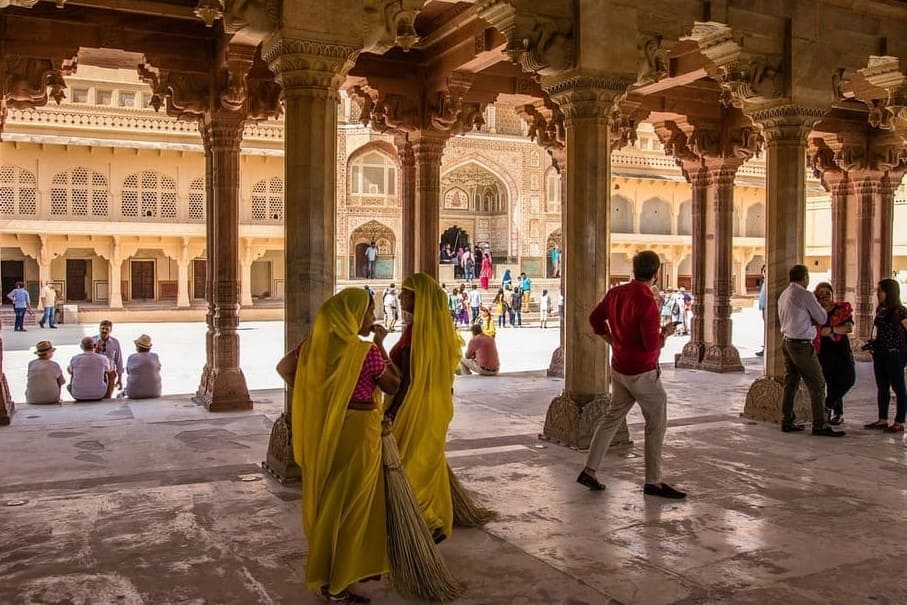
Why Does India Have So Many Languages?
India is home to over a thousand languages, each bearing a distinct story shaped by a unique culture. But why does India have such a vast array of languages? The reasons are varied and complex, encompassing the geographical diversity that isolates communities, historical invasions that introduce new linguistic elements, and the preservation of distinct languages by tribal groups. In this blog, we will delve into these factors in depth.
How Many Languages Are Spoken in India?
India officially recognizes 22 languages under its Constitution, but the total number of languages is far more extensive. According to Ethnologue, there are approximately 450 living languages spoken throughout the country. These range from major languages like Hindi, which is spoken by over 40% of the population, to Bengali, Telugu, and Marathi, each serving as a primary language for tens of millions of people. At the other end of the spectrum are lesser-known languages such as Bodo, Dogri, and Konkani.
The Major Linguistic Families of India
- Dravidian: Predominantly spoken in the southern part of India, this family includes Tamil, Telugu, Kannada, and Malayalam. Dravidian languages are noted for their agglutinative nature, rich phonetic quality, and extensive use of vowel sounds.
- Austroasiatic: This family includes languages like Santali and Khasi, mainly found in the eastern and central regions. Austroasiatic languages are known for their monosyllabic words and tonal qualities.
- Tibeto-Burman: Spoken in the northeastern states, languages such as Meitei and Bodo reflect the Himalayan region's linguistic diversity. They are generally agglutinative, with a complex system of tones, prefixes, and suffixes.
- Andamanese: Restricted to the Andaman Islands, this small family includes languages like Onge and Jarawa. Andamanese languages are considered highly endangered and are some of the least documented in India.
- Tai-Kadai: Including languages such as Tai Phake and Khamti, this family is found in the northeastern part of India. Tai-Kadai languages share features with Tai languages of Southeast Asia, such as tonal systems and subject-verb-object word order.
Why Does India Have So Many Languages?
- Geographic Barriers: The physical landscape of India, marked by the Himalayas in the north, the deserts in the west, and dense forests in the northeast, has created natural barriers that led to the development of distinct linguistic regions where communities evolved with little influence from each other.
- Caste System: The rigid caste system limited social interactions between different groups, reducing language mixing and helping distinct languages survive over centuries.
- Political Boundaries: The 1956 State Reorganization Act created states along linguistic lines, such as Gujarat for Gujarati and Kerala for Malayalam, reinforcing regional languages.
- Historical Influences - Over centuries, invasions and migrations have introduced a multitude of languages and dialects to the Indian subcontinent. For example, the Mughal Empire brought Persian influence to northern India, which blended with local languages and contributed to the development of Urdu, a language that incorporates Persian, Arabic, and native Indian elements.
- Historical Kingdoms and Empires - The establishment of various kingdoms and empires throughout Indian history, such as the Mauryas, Guptas, Mughals, and regional dynasties, contributed to the spread and dominance of certain languages. These kingdoms patronized their languages, leading to the development and preservation of regional languages.
- Language Policies - India's language policies, both pre- and post-independence, have also influenced the linguistic diversity of the country. Recognizing the importance of preserving regional languages, the Indian constitution grants official status to 22 languages, while each state has the freedom to designate its official language(s). This support for regional languages has contributed to their continued use and maintenance.
Cultural and Economic Benefits of Language Diversity
Culturally, the variety of languages enriches the nation’s heritage, with each language offering unique folklore, literature, and traditions that contribute to a diverse cultural landscape. This diversity draws interest from visitors who come to experience the distinct customs, dialects, and performances across regions. Economically, language diversity enhances the tourism sector by attracting travelers interested in authentic, localized experiences. Additionally, multilingualism expands India’s global business potential, facilitating communication with international markets and enabling localized marketing for different regions. Studies suggest that multilingual communities may also benefit from cognitive advantages, such as improved creativity and mental flexibility.
With over 450 languages spoken, India’s language landscape reflects its varied terrain, historical migrations, and social structures. Geographic isolation allowed unique languages to emerge, while historical kingdoms, invasions, and state boundaries aligned with linguistic groups reinforced this diversity. These combined factors make India one of the most linguistically diverse countries, enriching its cultural landscape.







